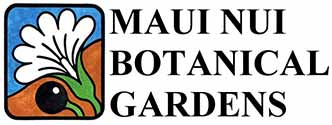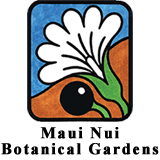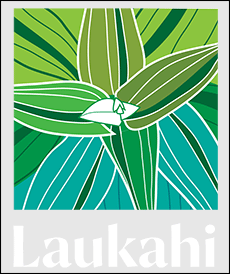About the MNBG Seed Bank
“Seed banking” means long-term seed storage, using a variety of techniques to protect seed viability. Seed banks use the least amount of space, money, and effort to ensure that wild plant populations are adequately backed up in case of a population decline or extinction. Seeds of some species, if stored properly, can remain viable for decades. This can buy valuable time for land managers who are trying to protect rare plant populations from threats such as invasive animals. In the case of forest fires, seed banking of large amounts of common native species can assist in restoration. Global warming and sea level rise makes MNBG's location critical because currently, the vast majority of seed banks in Hawaii focus upon high elevation species; there is no other facility with an emphasis on coastal native plant seed storage in Hawaiʻi.
We are part of this important work.
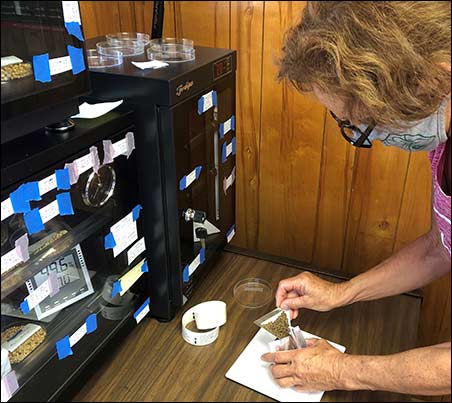
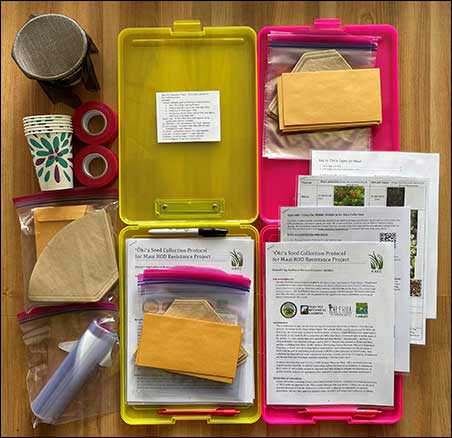
We began our seed storage efforts in 2015 by training with seed conservation programs at Lyon Arboretum, the O‘ahu Army Natural Resources Program, the National Tropical Botanical Garden, and the Hawai‘i Island Seed Bank. These organizations, along with research partners National Center for Germplasm Resources Protection in Colorado and Royal Botanic Gardens Kew Millennium Seed Bank in the UK, are the founding partners of the Hawaiʻi Seed Bank Partnership. This program was made possible by support from 2015-2020 by the Hawai‘i Tourism Authority (@hawaiihta) Aloha ‘Āina Program.
Interested in volunteering to help us sort and process seeds? We provide socially distanced volunteer opportunities that are suitable for high school ages and above. Please contact us at 249-2798 for more information. A special mahalo to the Fred Baldwin Memorial Foundation for supporting our seed storage volunteer program.
ʻŌhiʻa (Metrosideros sp.), the most abundant native trees in the state of Hawaiʻi, are dying from a fungal disease called Rapid ʻŌhiʻa Death (Ceratocystis). Hundreds of thousands of ʻōhiʻa have already died from this fungus on Hawaiʻi island. Healthy trees may die within a few days to a few weeks. The Department of Land and Natural Resources, University of Hawaiʻi, and many organizations are coordinating to fight the spread of this disease.
One approach to combating the disease involves the banking of ‘ōhi‘a lehua seeds, and the search for natural disease resistance. Maui Nui Botanical Gardens was awarded a grant from the U.S. Department of Agriculture Forest Service to join the Hawaiʻi Agricultural Research Center and County of Maui Department of Water Supply in the hunt for Maui County ʻōhiʻa trees resistant to Rapid ʻŌhiʻa Death.
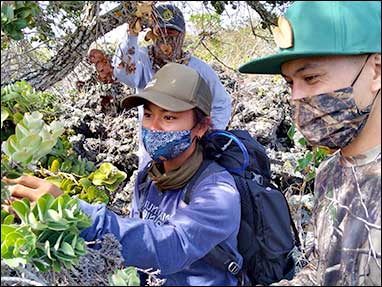
WHAT CAN WE DO?
Help prevent spreading Rapid ʻŌhiʻa Death by practicing these five things:
- Avoid injuring ʻōhiʻa.
- Don’t move ʻōhiʻa wood or ʻōhiʻa parts.
- Don’t transport ʻōhiʻa inter-island.
- Clean gear and tools, including shoes and clothes, before and after entering forests.
- Wash the tires and undercarriage of your vehicle to remove all soil or mud.
Research indicates that natural genetic resistance to ROD may exist in wild populations and that the frequency of resistance could be increased through selection and breeding. A screening protocol to assess ‘ōhi‘a seedlings for resistance to ROD has been developed by the ‘Ōhi‘a Disease Resistance Program. Hawai‘i Agricultural Research Center will send selected seed samples to ODRP on Hawai‘i Island to identify resistant ‘ōhi‘a seed sources for use in watershed restoration on Maui. HARC has worked to develop a network of sites on Maui and established disease resistant koa seed orchards in multiple eco-regions. These sites are being leveraged to establish seed orchards to provide large quantities of locally adapted, disease resistant ‘ōhi‘a seed for distribution to various restoration and reforestation projects on Maui. This important portion of the project is supported by the Maui County Department of Water Supply and the Akaka Foundation for Tropical Forests.
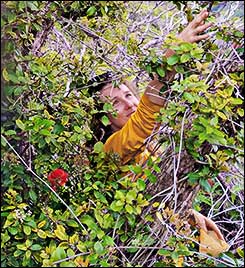
Dr. Marian Chau is consulting for HARC and MNBG on seed collection strategy, training, and outreach for this project. The ROD Seed Banking Initiative has been active statewide since 2016, and Dr. Chau and the Hawaiʻi Seed Bank Partnership has developed a statewide strategy, protocols, training, and seed collection zones.
MNBG is acting as the primary public repository for ‘ōhi‘a seed collections in Maui Nui (Maui County). We are currently storing 328 collections with about 5.5 million seeds from our own field work as well as the work of many partner conservation organizations on the island.
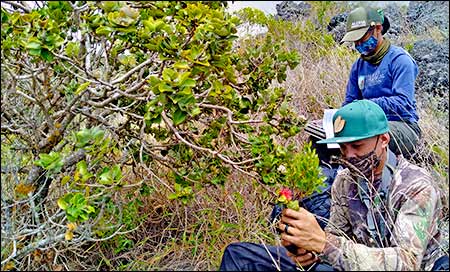
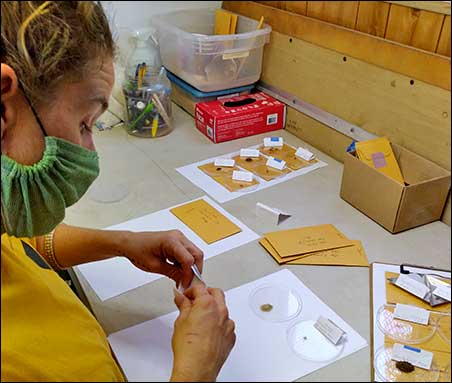
This project will allow Maui Nui Botanical Gardens to coordinate collection of genetic representation for gap areas in ‘ōhi‘a seed collection zones on Maui, Moloka‘i, and Lāna‘i. These collections will supply the HARC disease resistance trials. It will be more than 4 years before ROD resistant trees are identified, at which point stored ROD resistant seed collections will provide material for growing out and deploying into "seed orchards", or resistant trees planted to produce seeds for restoration, in multiple eco-regions. Sentinel ‘ōhi‘a plots will be established for field days, outreach and early detection. MNBG will help establish responsibly sourced sentinel ‘ōhi‘a trees in Central Maui, Department of Hawaiian Home Lands, and rural neighborhoods on Moloka‘i and Lāna‘i.
Although it will be years before naturally ROD resistant plants are available for urban areas, planting more ‘ōhiʻa and expanding urban forests in Maui County is an important way that residents can help fight against Rapid ʻŌhiʻa Death and other threats. Increasing the areas where this keystone endemic tree lives provides habitat for native birds and insects, and helps with early detection.
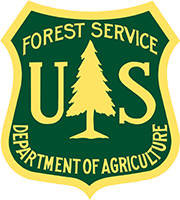
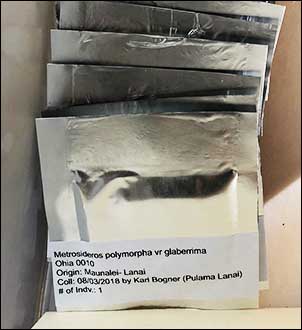
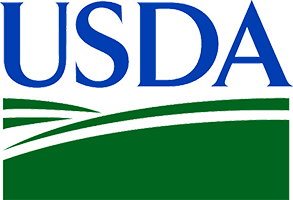
School of Life Sciences, UH-Mānoa
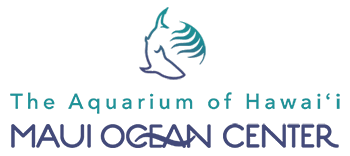

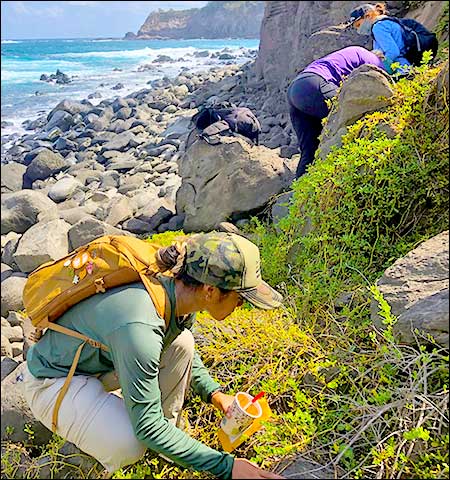
Maui Nui Botanical Gardens is located on a remnant consolidated dune system, where coastal native plants flourish. We want the Garden to be useful to people who currently protect native plants and natural areas, and those who wish to do so in the future. Sometimes this means collecting and storing seeds of the coastal, low elevation, and wetland Maui Nui plants in our collection. These cultivated plants are great for landscapes in low elevation areas and we often give away coastal plant starts at our weekly plant giveaways. Check @mauinuibg for this week's selection.
But cultivated plants rarely have the genetic diversity represented by wild plants in natural areas. With permission from landowners, we collect whenever possible from remnant native plant populations along a variety of shoreline habitats. These wild seeds belong to the landowner, and are processed, dried, and stored to protect viability for use in future projects. For example, seeds collected along the North Shore of Maui have been withdrawn and grown for restoration plantings in a protected seabird nesting area near Hoʻokipa by the Maui Nui Seabird Recovery Project.
Native Hawaiian plants that prefer coastlines are a major interest at MNBG. You've probably seen common native species like Naupaka kahakai (Scaevola taccada) and Pōhuehue (Ipomoea pes-caprae), but Hawaiian coastlines have been completely altered by human use, excluding the plants that would naturally grow there. You can still see intact native coastal vegetation, with its multitude of species, at The Nature Conservancy’s Mo‘omomi Preserve on Moloka‘i, and Kaena Point Natural Area Reserve on O‘ahu. On Maui, Kanahā Beach Park near the sewage treatment plant is replanted with native plants that have been lovingly tended for years, mostly by a single volunteer. Mauka is Kanahā Pond State Wildlife Sanctuary, where native birds, native plants, and a natural wetland are protected, as they are at the Keālia Pond National Wildlife Refuge across the isthmus. The Hawai‘i Land Trust’s Waihe‘e Coastal Dunes and Wetland Refuge has a beautiful assemblage of restored coastal native plants along the rocky beaches. If you are willing to hike farther, the King’s Trail at ‘Āhihi Kīna‘u Natural Area Reserve will lead you to Kanaio Beach, which still has wild naio, pā‘u ō hi‘iaka, and others. Places and projects like these show us that Maui’s most popular coasts are important to more life forms than just people.
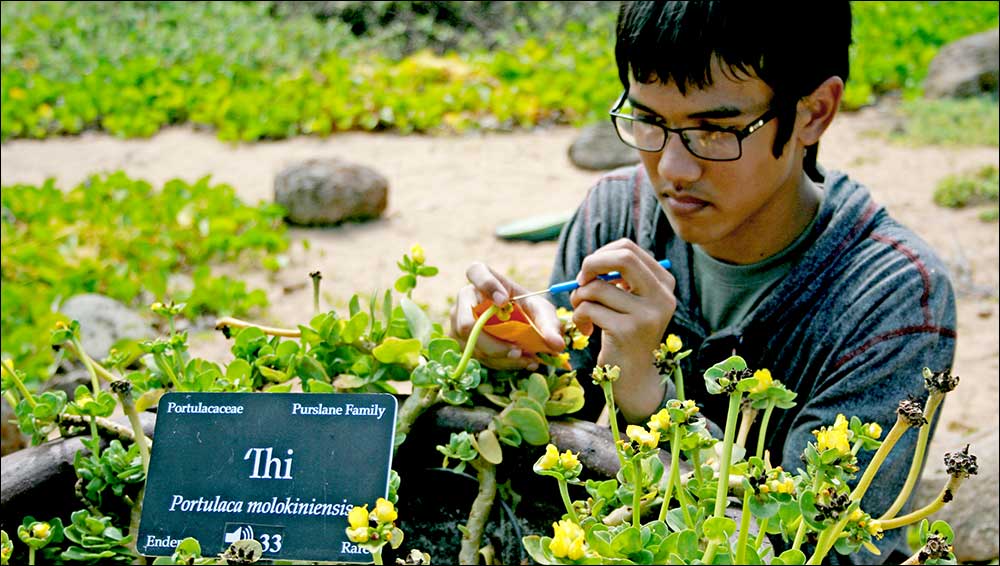
School of Life Sciences, UH-Mānoa
